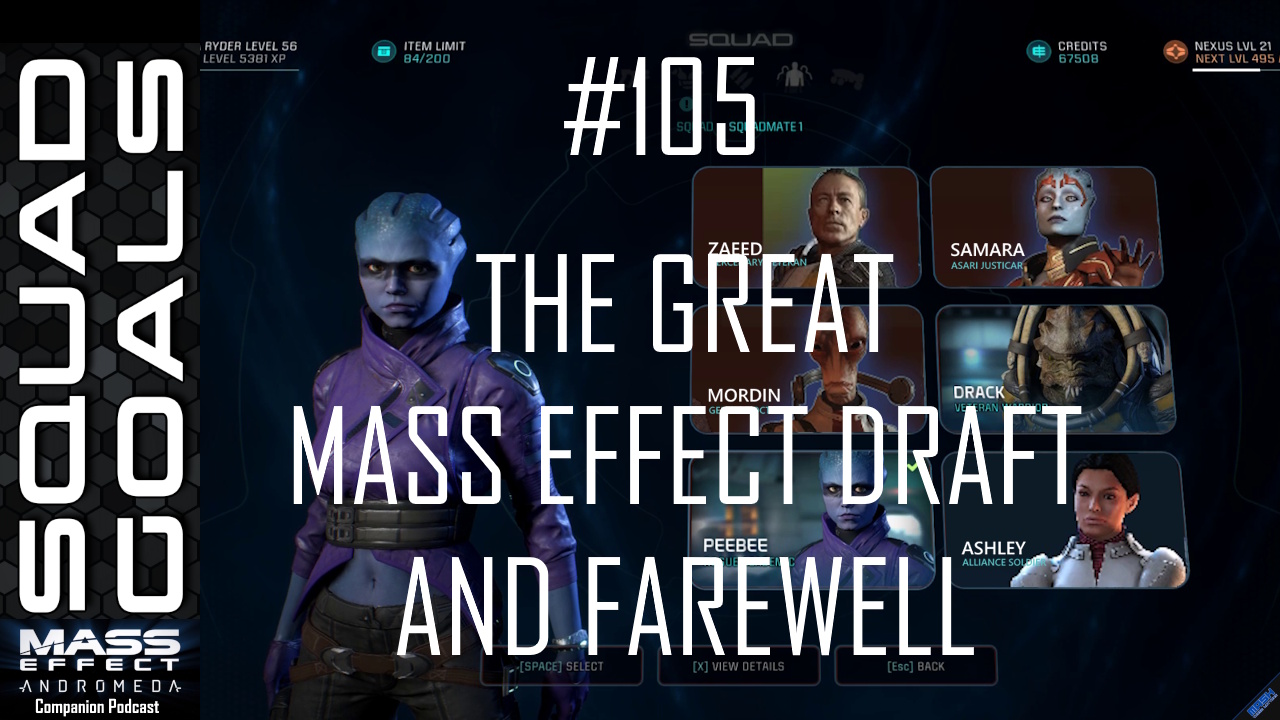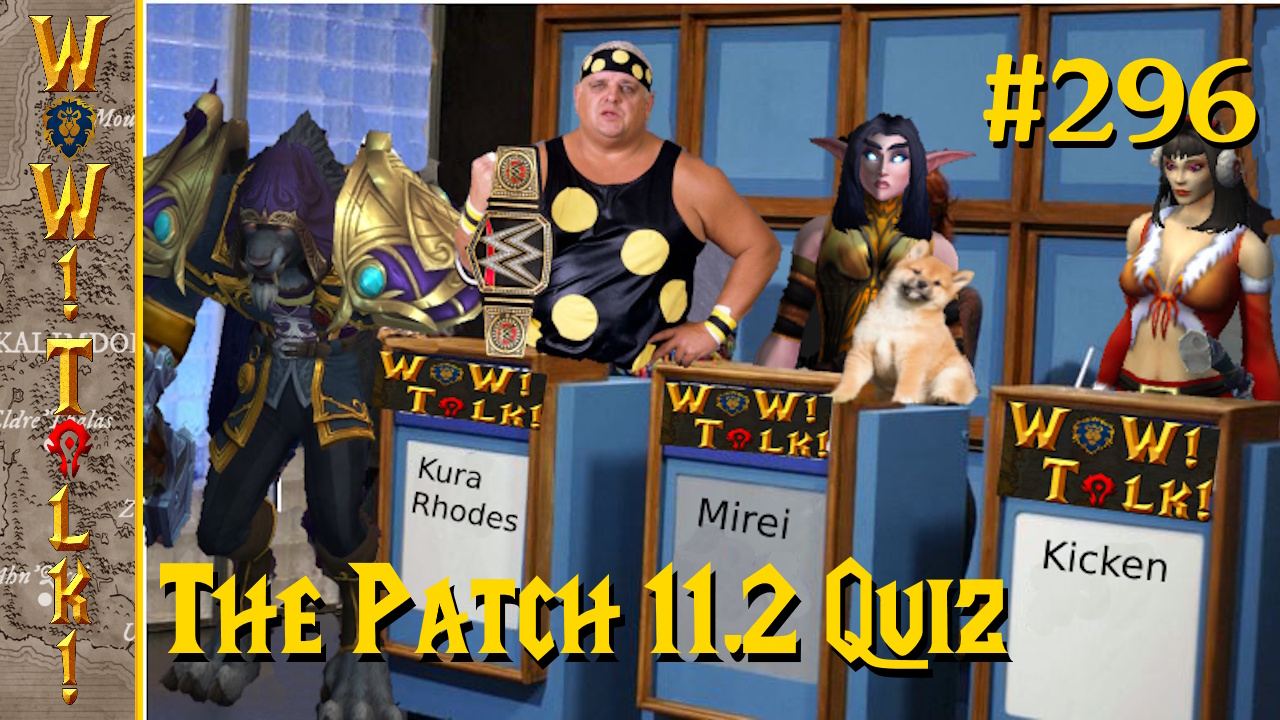
A World of Keflings is the sequel to A Kingdom of Keflings, something of which I didn’t know existed; kind of the same way I didn’t know there was a Disneyland until after I went to Disney World. That being said, obviously I didn’t play the first one; so this review will be from the perspective of a player that has never been exposed to the Keflings before. My initial thoughts when I first saw the game was that it wasn’t for me. I’m not really into the Sim City or Civilization style games but I know a lot of our readers are; so I figured I’d give it a whirl.
So what exactly is a Kefling? The best description I can give you is little elf-like creatures. Then again, they think you’re a giant and they are normal people so I guess it’s a matter of perspective. Ultimately what it breaks down to is the Keflings are your minions. They will gather resources, create pieces, transport resources, and even help you construct buildings. Some Keflings give you quests that help you progress through the game by giving tools, upgrades, blueprints (more on this later), and various other items. I have broken Keflings down into three types; workers, builders, and specials.
Workers are the Keflings that you use to gather resources and operate buildings. Using them is pretty simple; just pick one up and put him/her at the resource you want them to gather and they will accept their new life low on the totem pole. There are several raw resources to gather such as rock, wood, crystal, wool, etc. Some of these resources aren’t able to be tapped immediately. With exception of a few, you will need specific tools to gather the rest. In order to make a resource gathering worker automatically move their resources to a building that can use it you will need to take that worker and place them at the building you want them to take the resources too. At first this kind of bothered me, but not too far into the game you find there is a good reason for this.
Resource workers level up over time; I believe this allows them to carry more resources at a time, but I was unable to confirm this since I was too busy playing the game. The other workers you will use to operate buildings. Almost every building requires at least one Kefling. Once assigned to a building, they will not be able to be turned into a resource worker. Also, there is a difference in education level that some buildings require (more on this later). It’s easy to tell worker Keflings apart from each other. Each profession has its own very distinct hat, which even though they are small, the developer did a good job to make sure you can clearly tell the difference. What I wished Ninjabee put in was a way to tell how many Keflings you had performing a specific task. You don’t have an unlimited amount of Keflings so sometimes you want to repurpose workers to different jobs or perhaps put them in a building; but if you do this you run the risk of not gathering enough of a specific resource if you pull a worker that is on a resource that isn’t heavily gathered.

Builder Keflings are who you will interact the most. They are also the most helpful in my opinion. Builders follow you around where ever you go. They pick up pieces of buildings after they are constructed at their respective shops and bring them to your location. You CANNOT begin to understand the value of this service. This will save you SO much time traveling between shops and the locations where you want to build. Kudos to Ninjabee for foreseeing that this could be a major game play issue and addressing it before release. If that wasn’t enough, builders can actually complete buildings for you after you place your first piece as long as the correct blueprint is active. You only start with one but you will get more over time. Best thing is you don’t even have to tip them; they follow you just because they think you’re awesome… Just like my real life!
Special Keflings are the ones that give you quests. Most of them only exist for that purpose. You can’t make them gather, operate a building, or build anything. They do all the talking, and I have to admit that some of the dialog made me chuckle. Most of the times the items they give are very useful; usually something you need to power a building or a tool. One of the most useful items they give you sometimes is blueprints.
Blueprints give you the ability to create specific buildings, so naturally they are one of the most important items in the game. While Keflings do give you some blueprints, most of the time they will be unlocked automatically after you construct specific buildings. Besides allowing you to create a building, blueprints show you how you need to organize the pieces in order to build the building. Even though organizing the pieces is simple, it still added a level of fun to the game rather than just plopping down the building all in one shot like a lot of games like this do.
Pieces are constructed by different buildings. Your base building that creates pieces is the work hut. You can take your raw materials here and turn them into pieces to construct buildings. As the buildings become more complex, so do the materials. There are several buildings that refine raw resources into other resources such as wood turning into planks, rock turning into cut rock, and wool turning into cloth. Sometimes refined materials can be further refined into other materials such as planks turning into carved wood.
These refineries are the reason I found that resource workers don’t automatically take resources to the work hut by default. If you want, you can manually go to the work hut, take a bunch of raw resources out, and then move them to the refinery; or you can have resource workers automatically take resources to those buildings. You get to a point where you really don’t need raw resources all that much, but while trying to transition to this period there were times I ran out of raw resources when I needed them because I shifted to many resource workers to the refineries. Besides buildings that create pieces for other buildings, you also have a few other types. As mentioned earlier, Keflings are not unlimited. In order to get more Keflings you will need to build housing. Larger houses will produce more Keflings, but of course they take more resources and pieces to build.

I also mentioned earlier that there is a difference in education when it comes to Keflings. You can have a completely uneducated Kefling (most of the time resource workers in my case), or Keflings that go to school in places like the Academy or University. To educate the Kefling simply drop them in the building and they are instantly educated. University education is more advanced that Academy education. Word on the street is Architect Kefling looks down on Lumber Mill Kefling, even though without Lumber Mill Kefling the Architect would be without a job. Funny how that works huh? You will also find buildings that will allow you to paint other, create statutes, cannons, and do various other things around the Kefling world.
A World of Keflings (or AWoK as I have been calling it) has an excellent user interface; something that I have seen lost in many games of this type. The entire world is placed on a grid that you don’t see until you need to see it; and even when you do see it, it’s only one square at a time. This really helps in keeping the visual experience solid. A cool feature of the grid is that while you are constructing a building and you place a piece over the grid to place it, you will know when you have the correct spot because it will begin to light up and sparkle. Before that even, when you pick up the piece, the spot on the grid where it’s supposed to go will be highlighted. This really helps because when you get to some of the larger blueprints it’s very easy to put a piece in the wrong place.
Another nice feature is that when you open a menu from one of the shops, hammers will appear by the pieces you need to build to complete the building. If you need more than one piece, more than one hammer will show up. There will be times where you build pieces by accident. If you have pieces lying around that you need and maybe you forgot about it, the hammer will be colored red to let you know it’s already built. One of the best features is very simple, but extremely useful. If you have a few Keflings, buildings, or whatever bunched together it can become a real pain to interact with the correct object. The devs enabled the B button to quickly switch between targets so you don’t have this issue. I really think the interface really showed how much detail the developer put into AWoK and it really made playing the game a pleasure.
Visually the game isn’t much. It doesn’t look bad but it really doesn’t have a wow factor either. The visuals come off as cartoonish and fun; I believe this is what they were aiming for. I felt the sound was VERY well done. Not so much the game sounds; those are what you would expect from a game like this. I think the music was very nice and casual. There are really only one or two tracks per Kingdom, and you will hear them over and over again since you will usually be in each Kingdom for extended periods of time. Thing is the music never gets annoying; something that can easily happen in games like this. Once again, kudos Ninjabee.

A really impressive feature of the game that you really don’t need to progress is the cannon system. The cannons in AWoK play music when they fire a Kefling out. You can change the sound, tone, and effect on each cannon. There are four cannon types that differ in height, ultimately affecting the timing of the music. Skilled players can make complete songs with this system as you will see in the video I embed in this review. This feature is totally optional, but at the same time totally awesome. I would love to see what people can do with this and can totally see a community growing just from this one feature alone.
There were a few things I wish were different. First, I really wish there was a way to run. You can pick up potions to make you walk faster, but in my opinion they really don’t make you walk fast enough. I wish there was a way to recycle pieces you create by accident. Sometimes I created pieces and then never had to use them again. Lastly, I think they should have embed some way to record game play and upload it to YouTube or somewhere online. Main reason being is for the cannons. I think a huge community would form around this feature and give the game real staying power for year to come.
Out of everything I’ve played, those are my only complaints. I really have to say I loved playing this game. There’s always something to do, the game doesn’t feel tedious, it’s fun to interact with the Keflings (even kicking them sometimes to get a laugh), and just all around fun to play. From the game play dynamics to the interface to the sound, this is an all around great game. I would highly recommend picking it up even if you haven’t played the original Kingdom of Keflings.





